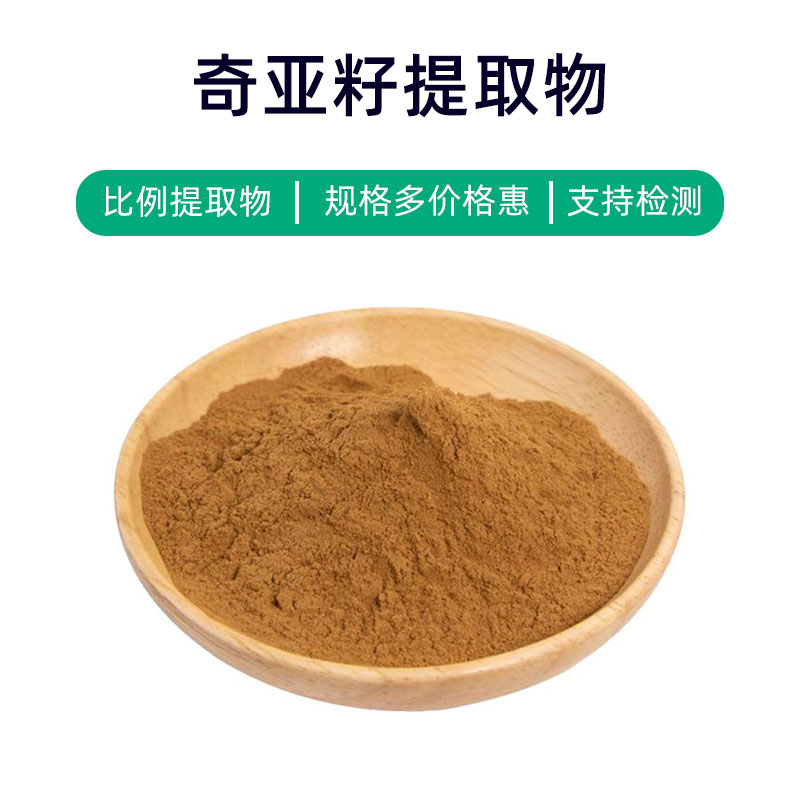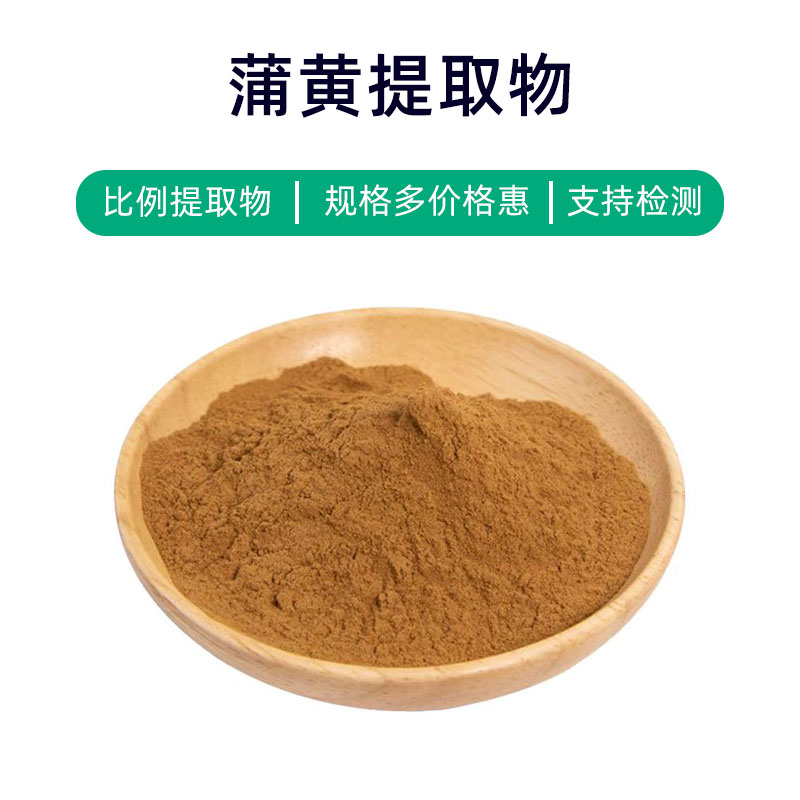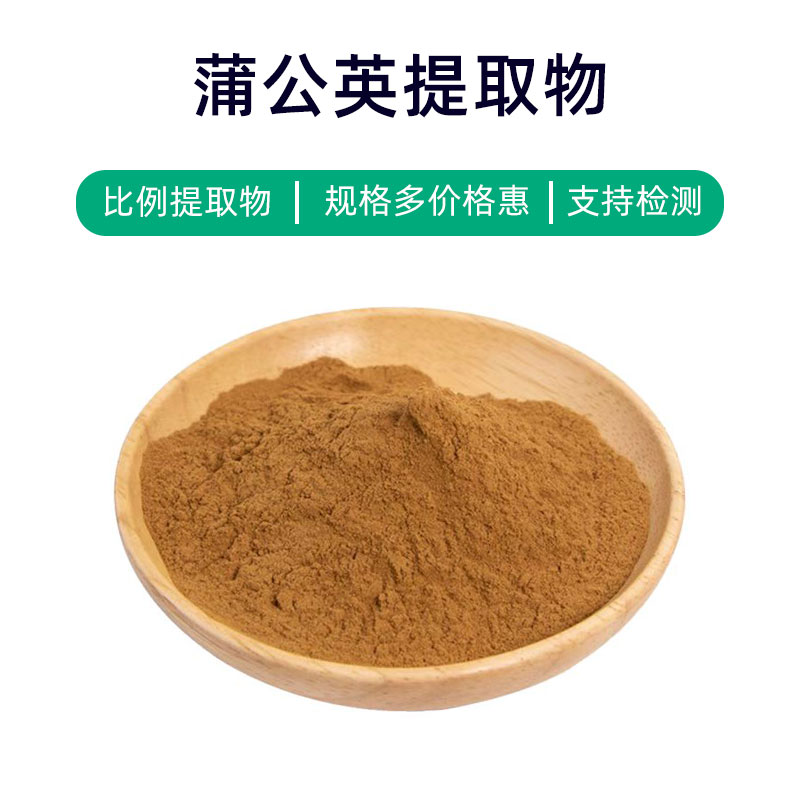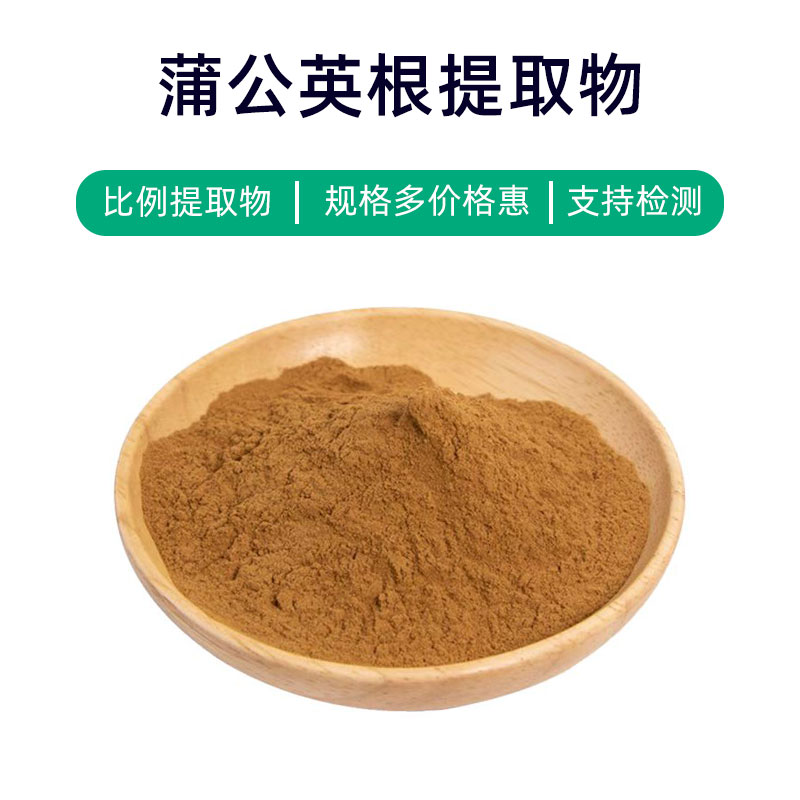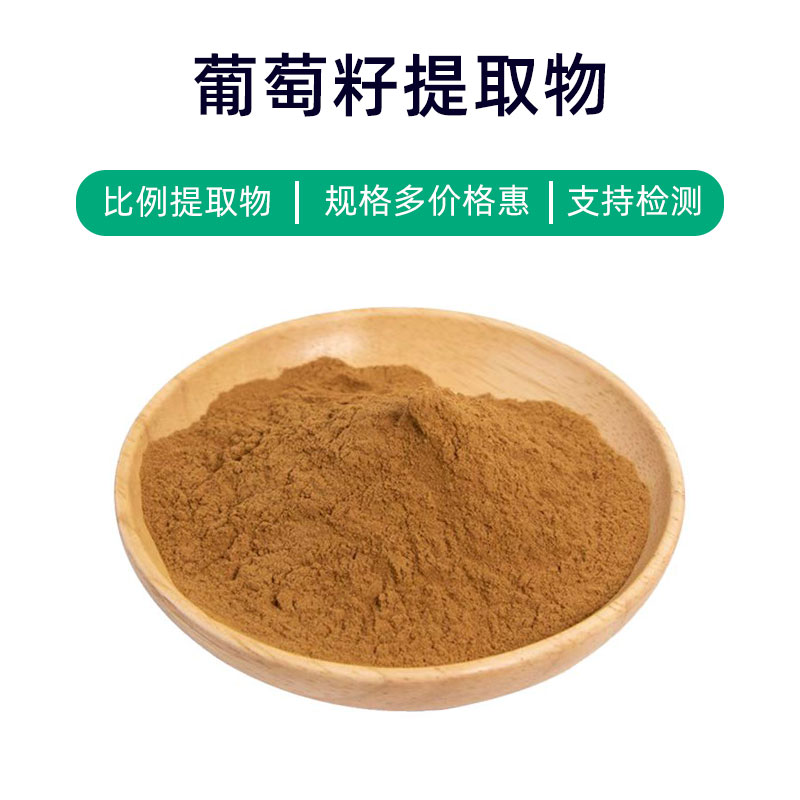Datura Extract Product Introduction
Datura extract is a natural plant extract derived from the Datura plant, primarily containing atropine, sorbitol, alkaloids, and other components. Datura extract has a variety of effects and applications.
Firstly, it is commonly used in drug formulations and medications. Atropine, one of its main components, has sedative, analgesic, and anti-inflammatory properties and is often used to alleviate symptoms of respiratory diseases and digestive issues. Additionally, Datura extract is utilized in topical ointments or liquids for treating skin irritations like itching and eczema.
Beyond the medical field, Datura extract is also applied in some plant protection products due to its insecticidal and antibacterial properties, which can be used to combat pests and diseases in agriculture, such as insecticides and fungicides.
However, it's important to note that Datura extract contains toxic components. Usage should strictly follow guidelines in the medical or agricultural field to avoid overdosing or misuse, which could lead to adverse effects.
In summary, Datura extract, as a natural plant extract, has considerable application value in pharmaceuticals, medicine, and agriculture, but safety and usage methods should be observed.
Datura Extract Production Process
The production process of Datura extract typically includes the following steps:
- Collection and Preparation of Plant Material: Fresh Datura plants, primarily roots and leaves, are collected. After collection, they should be cleaned and dried to ensure dryness and purity.
- Extraction Process: The dried Datura materials are ground into powder, followed by soaking them in appropriate solvents (like ethanol or acetone) to extract effective compounds. Traditional soaking methods can be used, or auxiliary extraction techniques like ultrasound or microwave may also be employed.
- Filtration and Concentration: The extraction liquid is filtered to remove plant residues, resulting in a clarified solution. This solution is then concentrated through evaporation or vacuum concentration to eliminate the solvent, yielding a concentrated extract.
- Separation and Purification of Extract: The concentrated extract may contain various compounds, necessitating further separation and purification, commonly done using methods like partition extraction, column chromatography, and thin-layer chromatography to obtain a higher purity Datura extract.
- Testing and Quality Control: The obtained extract undergoes quality analysis and testing for active ingredient content, residual solvent detection, and microbial testing to ensure compliance with relevant quality standards and regulations.
- Packaging and Storage: The tested Datura extract is packaged and labeled with product name, batch number, production date, and expiration date. During storage, it should be kept away from direct sunlight and humid conditions to maintain its quality and stability.
This is the basic process for Datura extract production; specific production methods may differ based on the manufacturer's technology, equipment, and product requirements.
Datura Extract Effects and Side Effects
Datura (Datura metel) extract is a commonly used herbal material with various effects and functions, but it also has potential side effects. Here are the primary benefits, effects, and possible side effects of Datura extract:
- Sedative and Sleep-Inducing Effects: Datura extract contains various alkaloids, including scopolamine, which have sedative and sleep-inducing effects, providing relief for issues related to the nervous system, such as anxiety and insomnia.
- Antispasmodic and Analgesic: The alkaloids in Datura extract can impact the central nervous system, offering antispasmodic and analgesic effects, which may help with muscle spasms and neuropathic pain.
- Vasodilation: Some components in Datura extract can dilate blood vessels, improving circulation and potentially helping with certain cardiovascular issues.
- Anti-inflammatory and Antiallergic: Alkaloids found in Datura extract have anti-inflammatory and antiallergic properties, alleviating inflammatory responses and allergy symptoms.
- Nervous System Regulation: Datura extract can regulate the central nervous system, helping improve symptoms like neuroasthenia, headaches, and dizziness.
However, Datura extract also carries side effects and safety risks:
- Risk of Poisoning: Due to the high alkaloid content, prolonged or excessive use can lead to poisoning, presenting symptoms like dry mouth, blurred vision, and increased heart rate, which can be life-threatening in severe cases.
- Impacts on the Nervous System: Overuse may result in neurological disturbances, such as hallucinations, drowsiness, and mental confusion.
- Cardiovascular Effects: Long-term or excessive use could negatively impact the cardiovascular system, leading to arrhythmias and elevated blood pressure.
- Digestive System Effects: Some users may experience digestive issues, such as dyspepsia, nausea, and vomiting.
Therefore, caution is advised when using Datura extract, following medical advice or product instructions on dosage and methods to prevent adverse reactions and safety risks. If any discomfort or abnormal symptoms occur during use, seek medical attention and discontinue usage.
Datura Extract Application Scenarios and Dosage
Datura extract has applications in medicine, food, and cosmetics. Here are descriptions of application scenarios and dosages for different fields:
- Medical Applications:
- Sedation and Sleep Induction: Used for treating anxiety and insomnia. Typical dosage is 0.1-0.5 grams orally, 1-3 times per day.
- Antispasmodic and Analgesic: Helpful for muscle spasms and neuropathic pain. Dosage should be cautious, typically 0.1-0.3 grams orally, 2-3 times daily.
- Vasodilation: Applied in cardiovascular issues, dosage under doctor guidance, generally 0.1-0.2 grams orally, 2-3 times per day.
- Anti-inflammatory and Antiallergic: Used topically for skin inflammation and allergic reactions, dosage varies based on specifics, typically applied as needed.
- Food Applications:
- Flavoring Spice: Datura extract can be used as a flavoring agent, but dosage must be controlled, typically not exceeding 0.1% of total food volume.
- Culinary Use: Incorporated in traditional foods in some regions, such as medicinal dishes and snacks; dosages and methods should adhere to traditional practices or food safety regulations.
- Cosmetic Applications:
- Skincare Products: Datura extract contains antioxidant components, suitable for skincare products like masks and lotions, used as needed applied to skin.
- Beauty Products: Some beauty products may include Datura extract to improve skin conditions or provide specific effects; dosages should follow product instructions or professional recommendations.
In any application scenario, consider the following when using Datura extract:
- Consult with a doctor or professional for advice on suitable dosages and methods before use.
- Strictly adhere to product instructions or doctor recommendations to avoid excessive or long-term use.
- For external products, avoid contact with eyes, mucous membranes, and other sensitive areas.
- If adverse reactions or allergy symptoms occur, stop using immediately and seek medical help.
Introduction to the Source Plant of Datura Extract, Distribution, and Growing Environment
Datura (scientific name: Datura metel) is a common perennial herb, belonging to the Solanaceae family and is known for its toxicity. Here are detailed insights about the source plant of Datura extract, its distribution, and growing environment:
Plant Description:
Datura plants grow erect, usually reaching heights of 1-2 meters, and sometimes even taller. The leaves are large and broad, ovate or elliptical, with slightly wavy edges. The flowers are large and distinctive, typically white, yellow, or purple, emitting a strong fragrance. The fruit is a spiny capsule that contains many seeds.
Distribution:
Datura is native to Asia, mainly found in the Indian subcontinent, Southeast Asia, and southern China. In China, Datura plants are widely distributed in provinces like Guangdong, Guangxi, Yunnan, and Fujian, growing in places such as hillsides, fields, roadways, wastelands, and around human habitats.
Growing Environment:
Datura prefers a warm, humid climate and is adaptable to a wide range of temperatures and humidity but does not tolerate cold or dryness well. It thrives best in loose and well-draining soil. In nature, Datura plants are often found at forest edges, in fields, and along riverbanks, favoring sunny growth environments.
Due to the toxicity of the Datura plant, care should be taken in cultivation and use to avoid accidental ingestion or contact that could harm human health. Additionally, measures should be taken to prevent negative impacts on the surrounding environment and other plants.
Processing, Storage, and Preservation of Datura Extract
The processing of Datura extract primarily involves the following steps: First, mature Datura plants are collected, cleaned, and air-dried. Next, the plants are crushed or ground to obtain the extract. Extraction can be achieved via soaking or solvent extraction methods to produce a purified Datura extract. In terms of storage, Datura extract should be kept in a dry, cool, well-ventilated environment, avoiding direct sunlight and moisture. It should be sealed to prevent the ingress of moisture and impurities. It's essential to avoid mixing it with other chemicals to prevent chemical reactions. Under proper storage conditions, Datura extract can maintain stability and efficacy for an extended period.
Monica Sun is a seasoned expert in the plant extraction industry with over a decade of experience in research and production. She specializes in the extraction and purification of plant active ingredients, focusing on driving innovation in natural product applications. Monica has participated in the development of multiple functional plant extracts, delivering high-value natural raw material solutions for the health food, pharmaceutical, and dietary supplement sectors.









